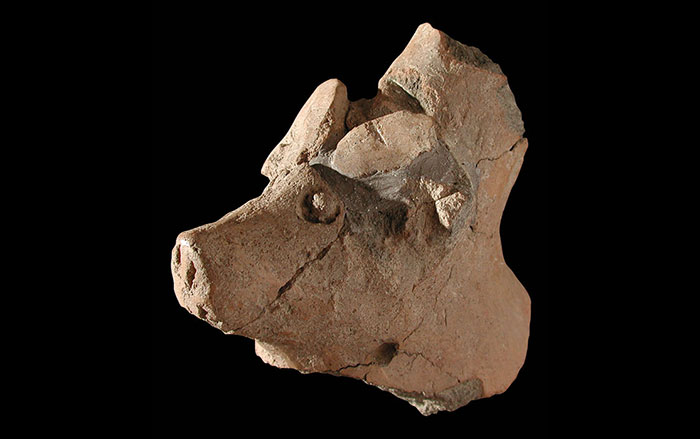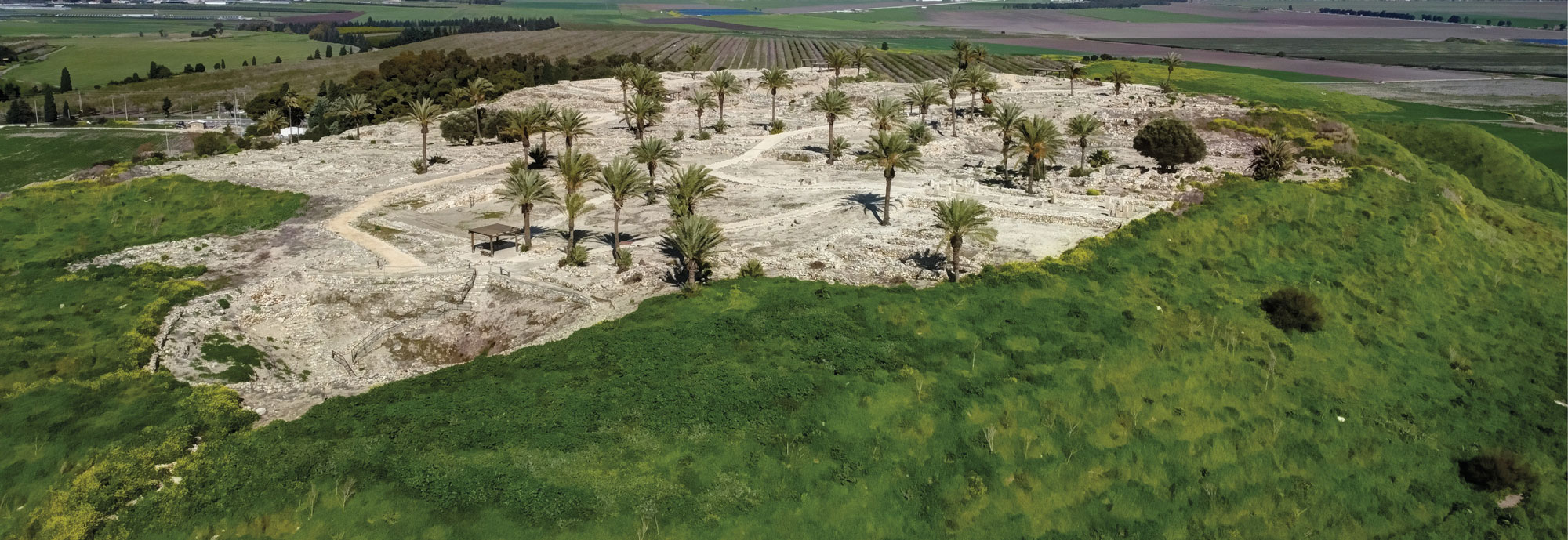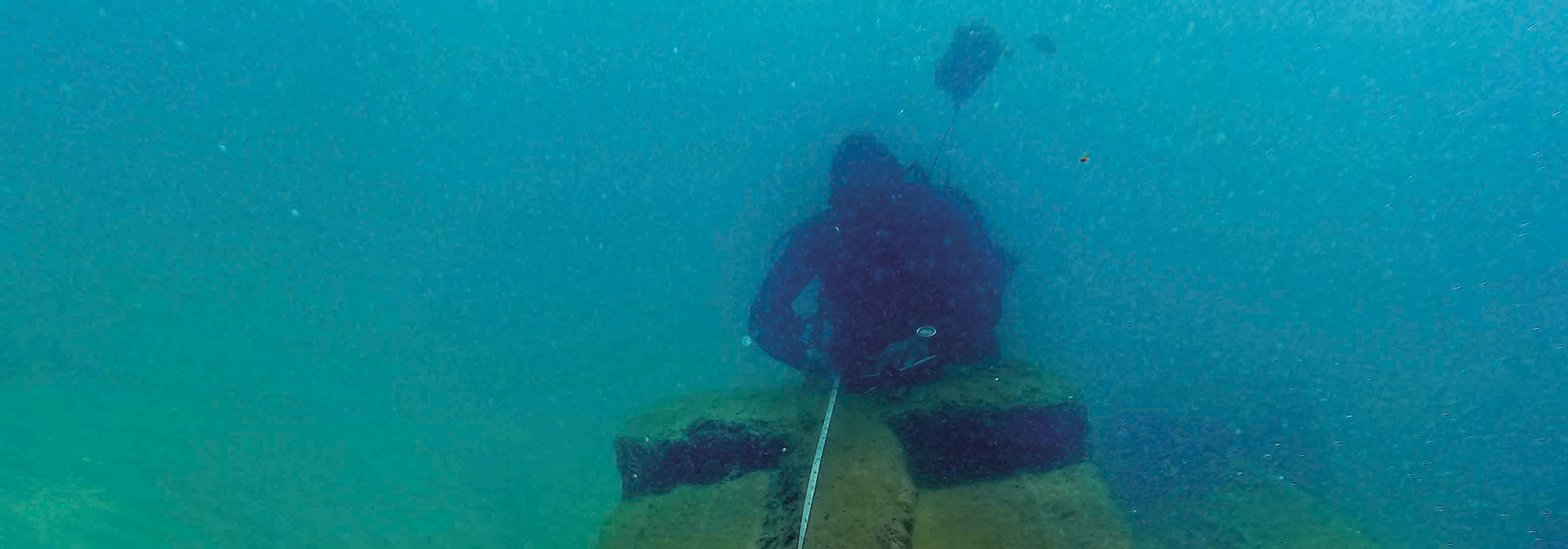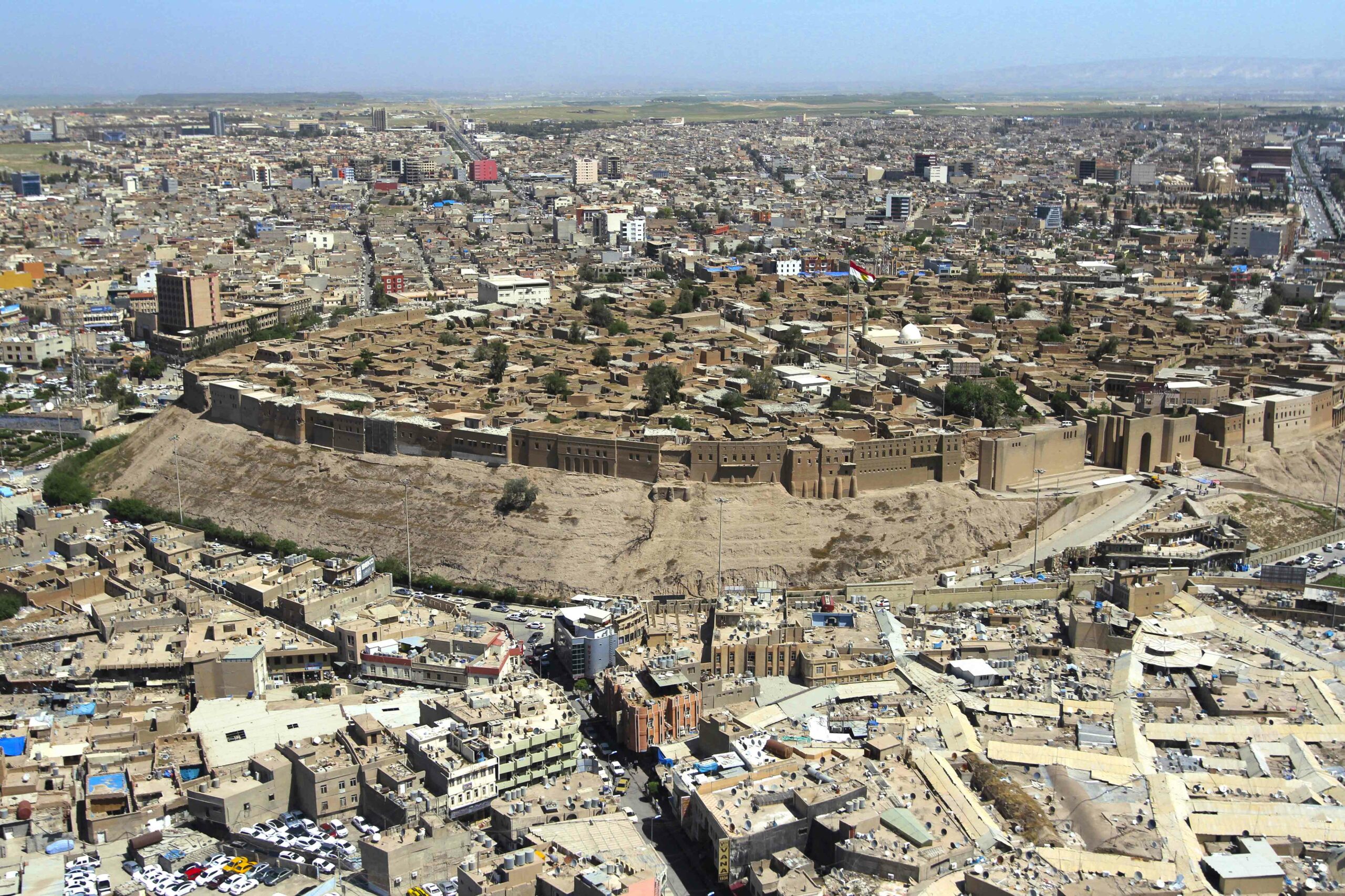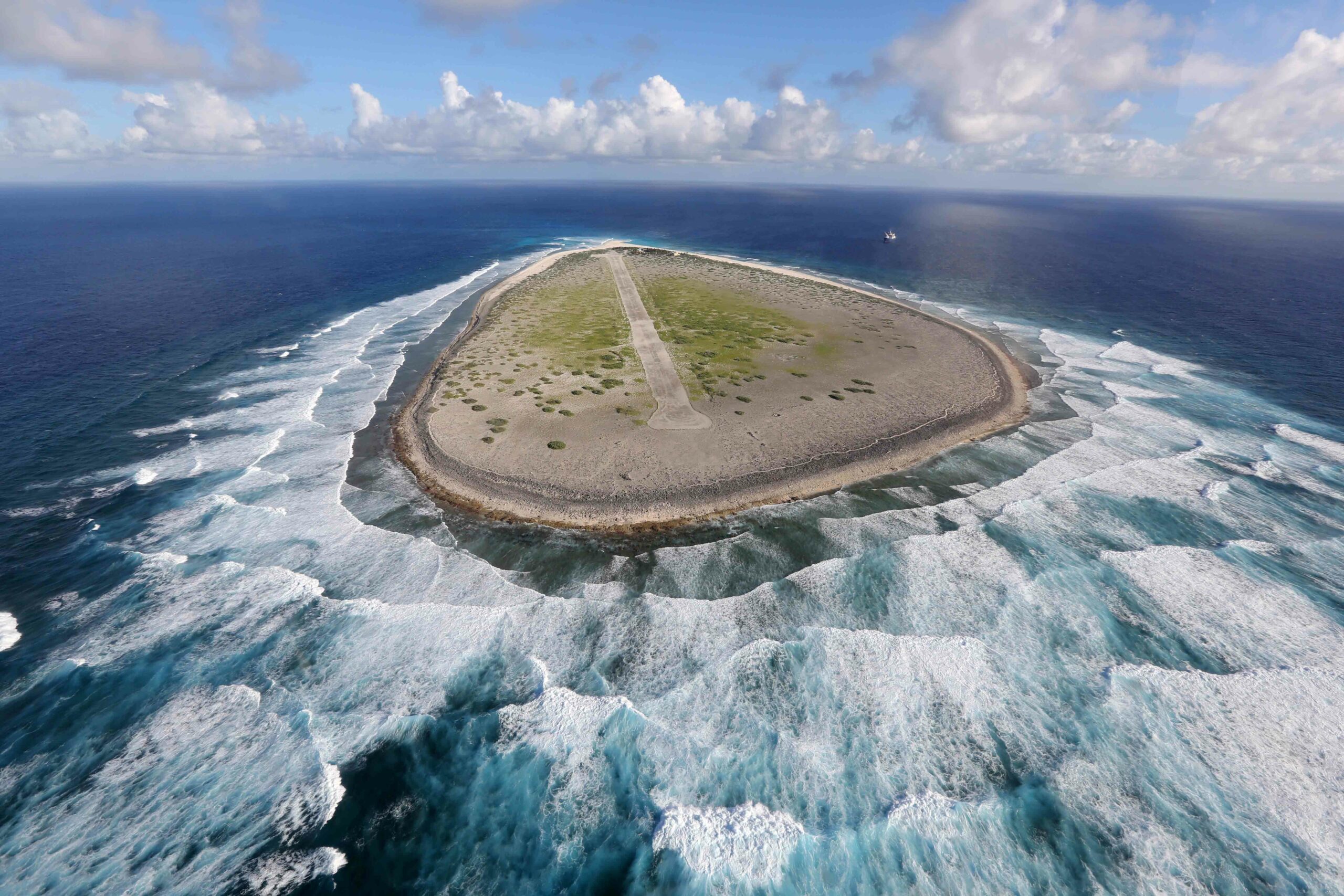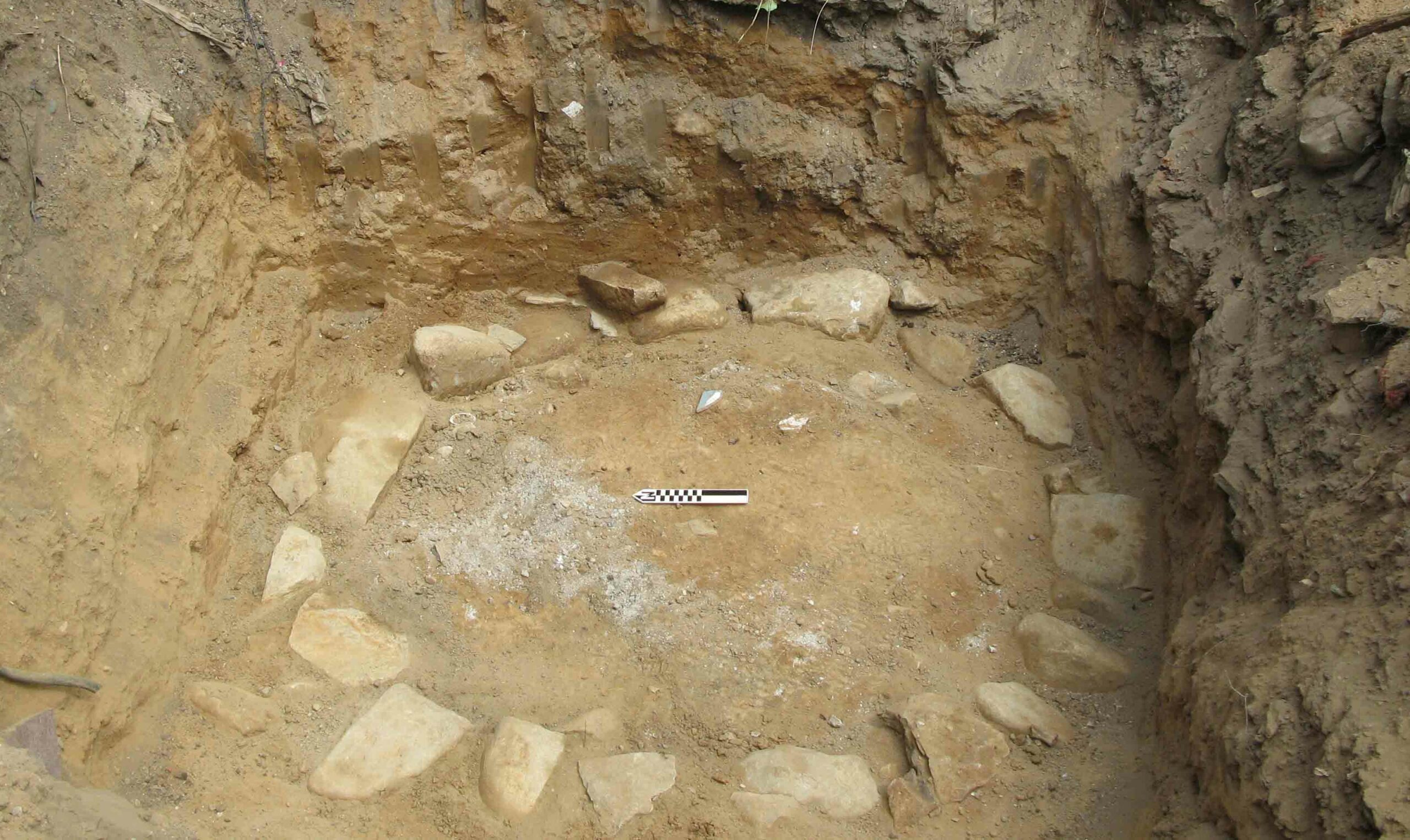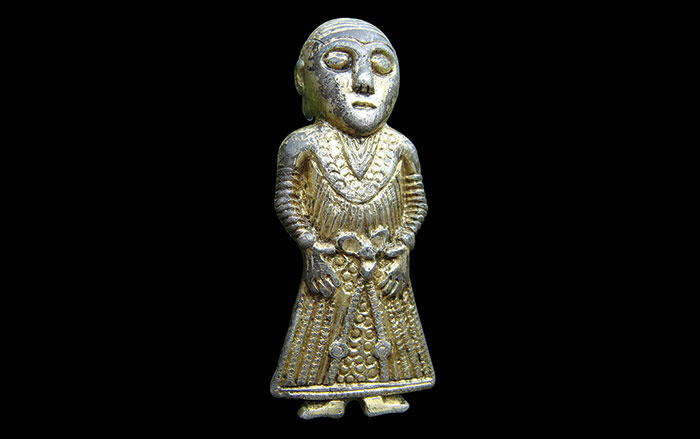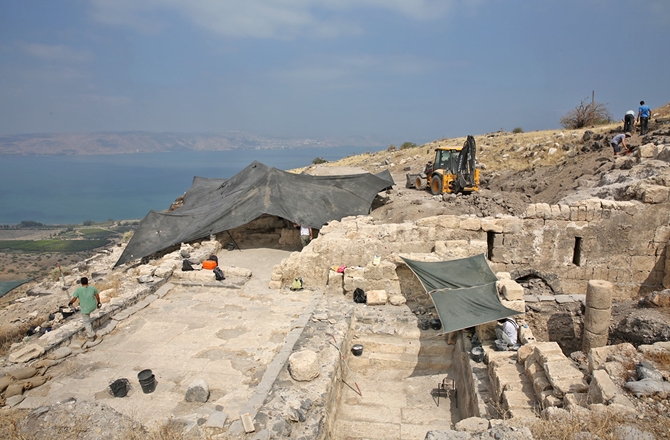
HAIFA, ISRAEL—A team led by Michael Eisenberg of the University of Haifa has uncovered the northern section of the first-century basilica at Hippos, a center of Greek and Roman culture located near the Sea of Galilee. The roof of the structure collapsed during an earthquake in 363, killing the occupants, whose skeletons were found beneath the rubble. Among the victims was a woman who had been wearing a gold dove pendant. Eisenberg and his team used coins to date the collapse and attribute it to the earthquake. “The latest of those coins dated to 362 A.D. About three feet above the debris of the basilica we found Early Byzantine rooms dated by dozens of coins in the floors themselves to 383 A.D.,” Eisenberg told Discovery News. “It shows that major parts of the city were totally destroyed and neglected for a period of about 20 years.” Hippos was finally destroyed by an earthquake in 749. To read about the dramatic history of a Hellenistic site near the Sea of Galilee, see ARCHAEOLOGY's "Excavating Tel Kedesh."



